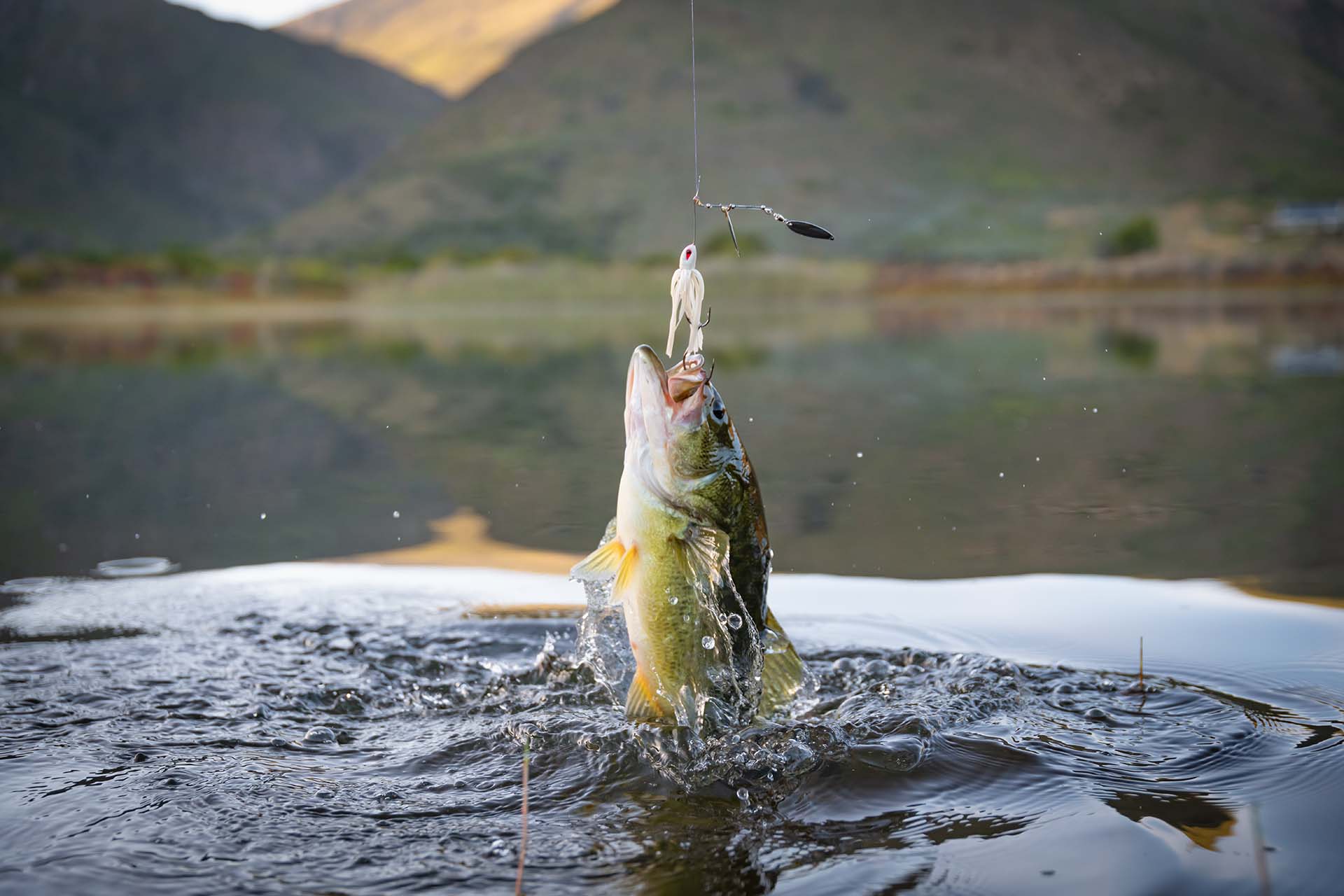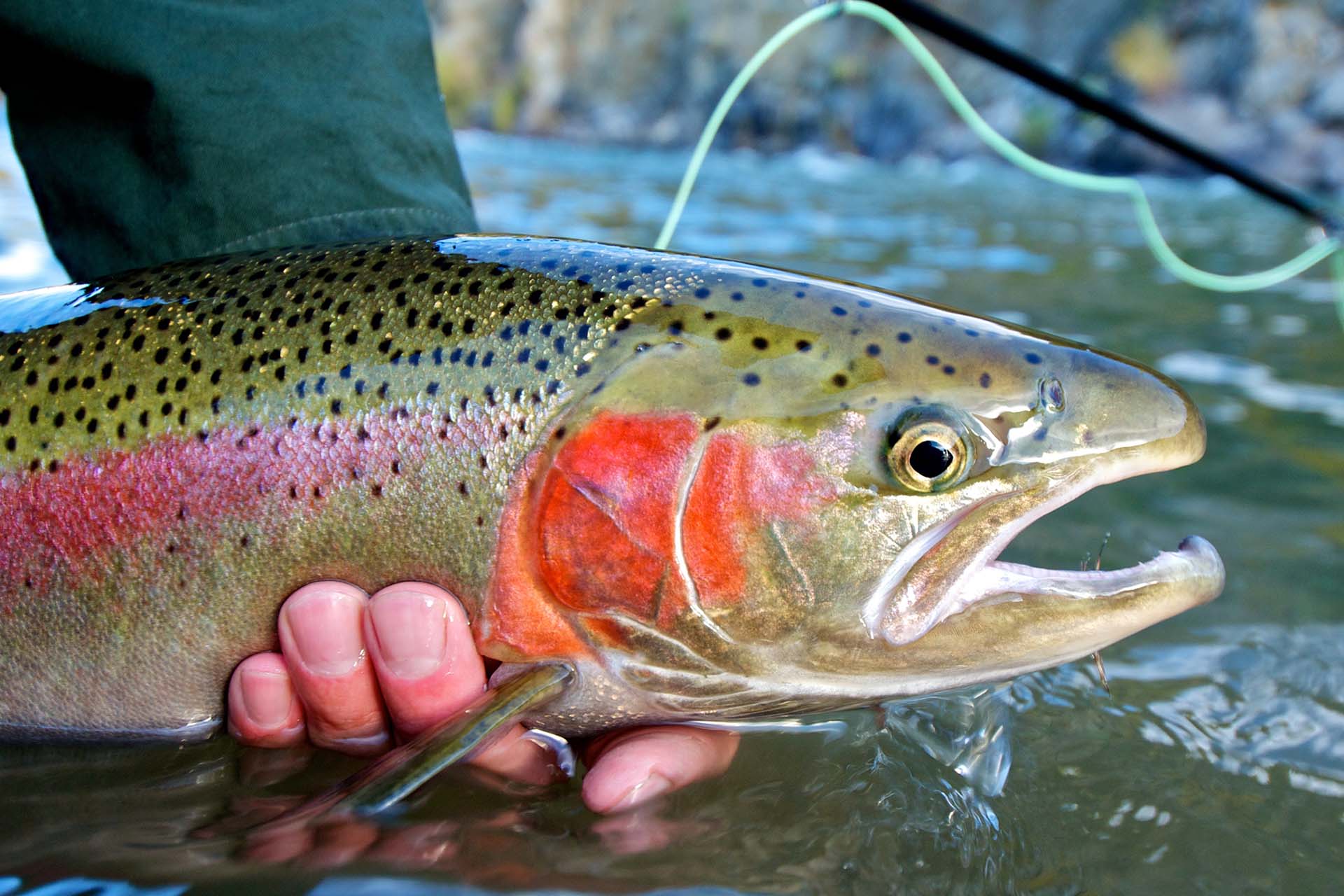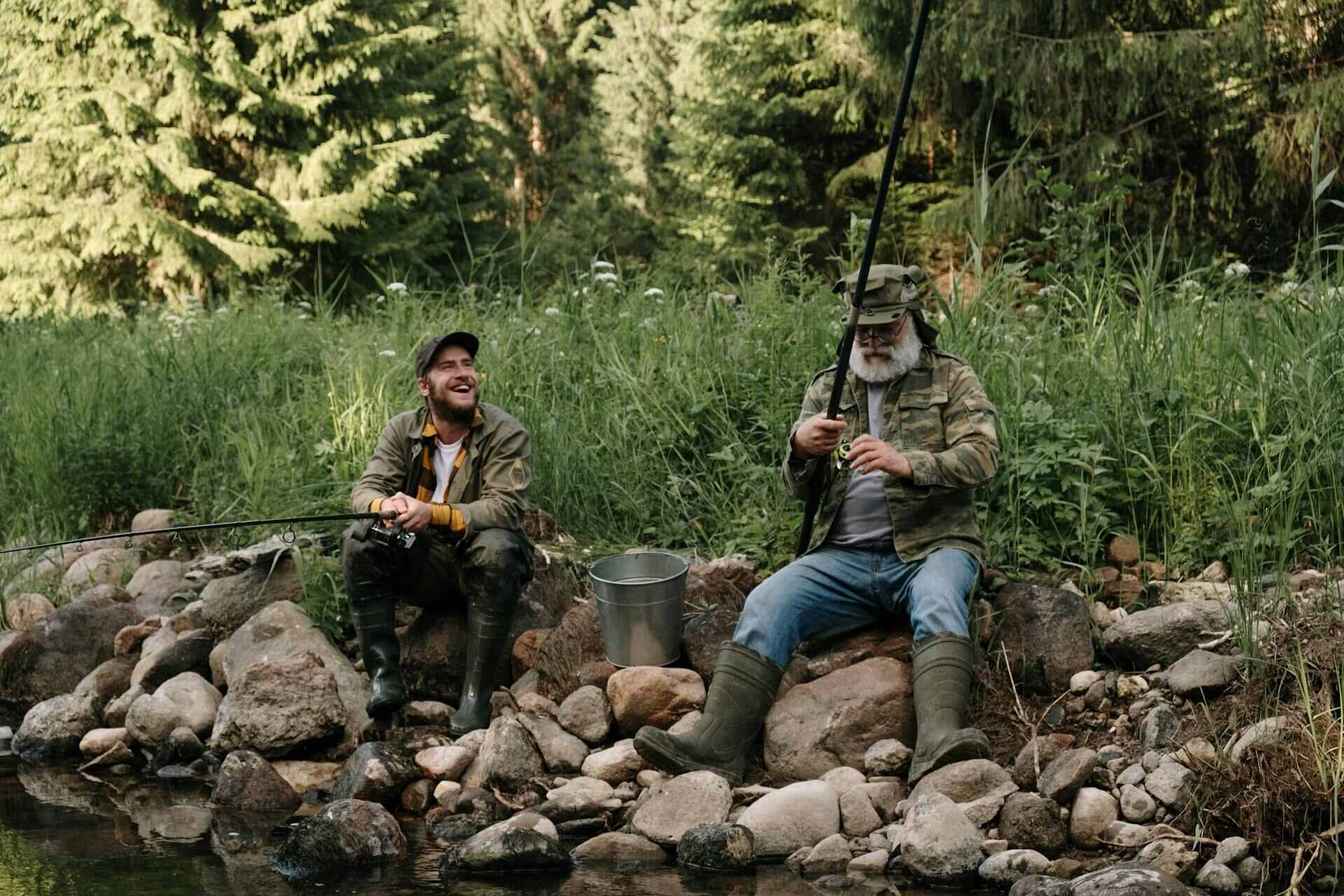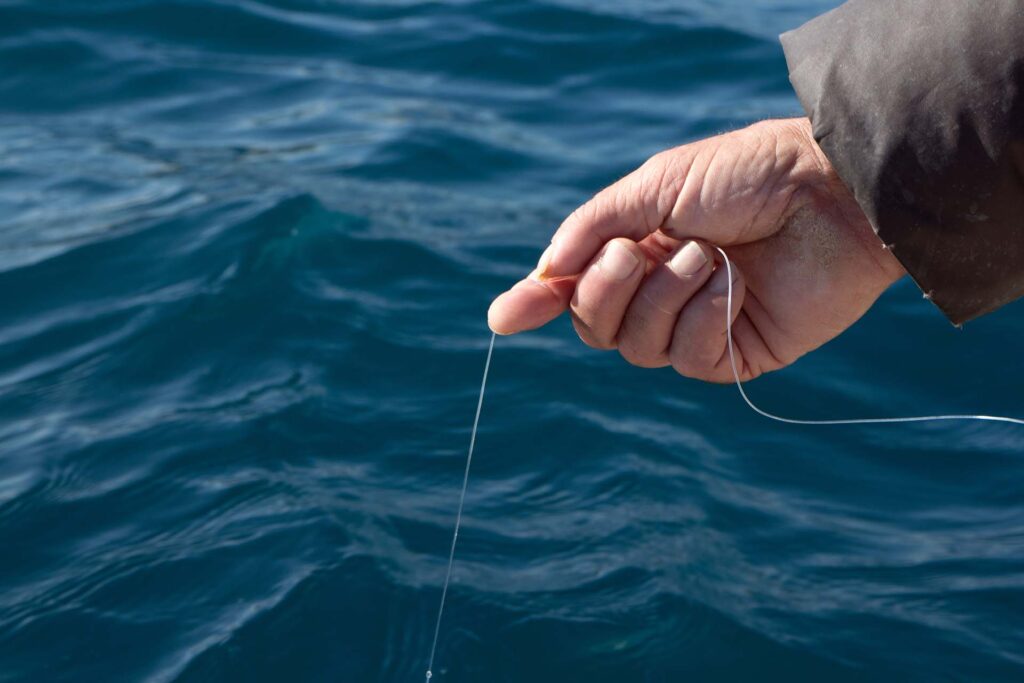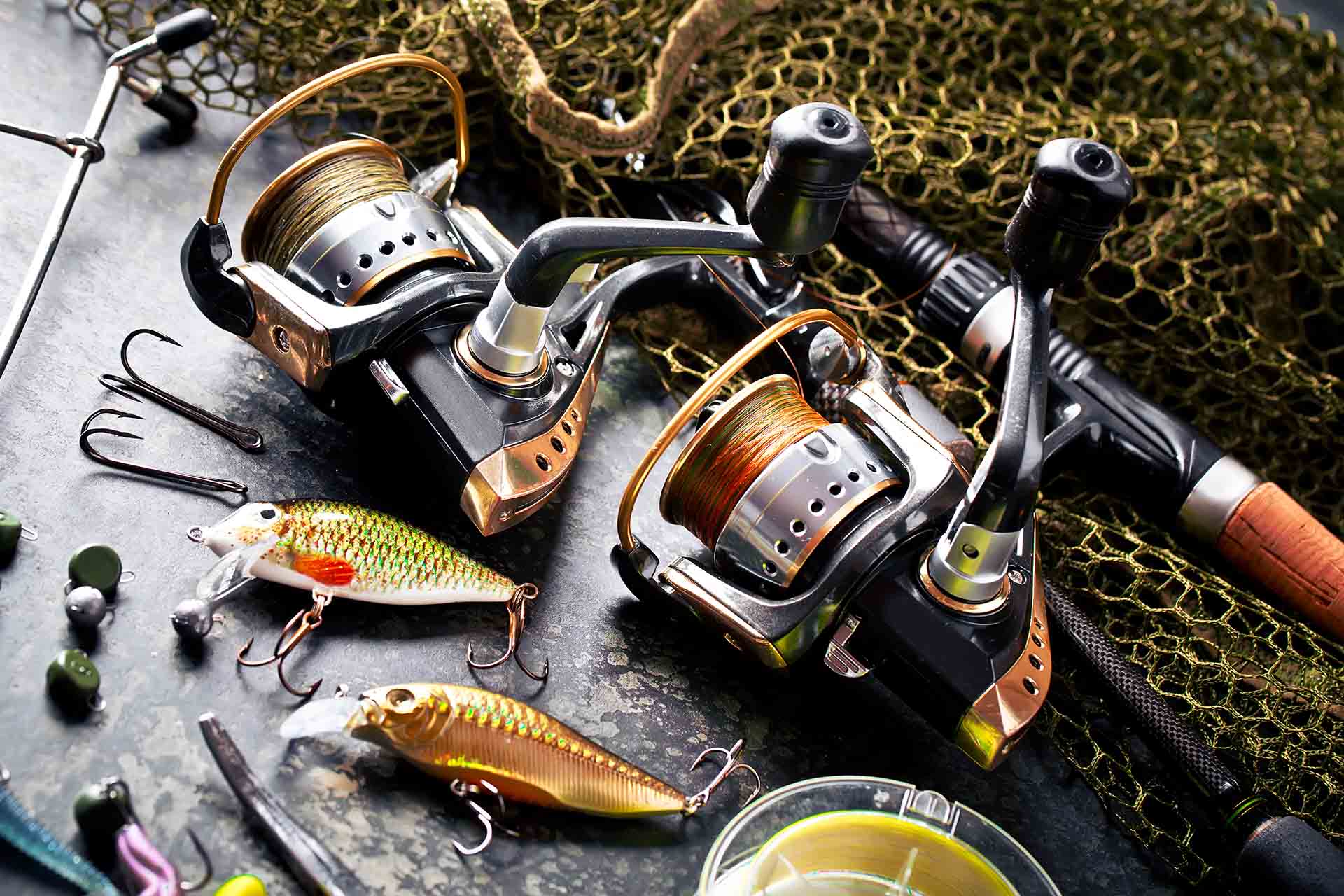Fishing, one of the most timeless and cherished outdoor pursuits, opens up a world of opportunities for those who seek to connect with nature. In this guide, we’ll delve into the fascinating and diverse world of angling, shedding light on the various types of fishermen who make up this community. From fly-fishing enthusiasts to deep-sea adventurers and everything in between, we’ll navigate through the intricacies of angling types, exploring the distinct techniques, gear, and passions that make them unique.
Recreational Fishermen – Fishing for Fun
Recreational fishing, a beloved pastime for many, is characterized by the pursuit of fish primarily for leisure rather than commercial gain. It encompasses a wide array of fishing styles, each offering a unique experience. Shore fishing allows anglers to cast their lines from the water’s edge, embracing tranquility and connection with nature. Kayak fishing offers a more adventurous approach, as enthusiasts navigate waters in their small crafts to access prime angling spots. Meanwhile, fly fishing stands out with its elegance and finesse, utilizing lightweight flies to mimic insects and entice fish.
The Sport of Fly Fishing – A Closer Look
Fly fishing, an artful and captivating subset of recreational fishing, beckons anglers with its unique techniques, specialized gear, and alluring destinations. Unlike traditional angling, where the weight of the lure carries the line, fly fishing employs delicate flies, often handcrafted to resemble aquatic insects.
Anglers cast these lightweight imitations onto the water’s surface, engaging in a rhythmic dance of precision and finesse. It’s a serene and meditative sport, where patience and skill are equally essential. From the graceful presentation of the fly to the gentle release of the catch, fly fishing is an immersive experience.
Popular fly fishing destinations span the globe, from the serene rivers of Montana to the rugged beauty of New Zealand’s South Island. Whether you seek the solitude of a mountain stream or the challenge of landing a trophy trout in a remote wilderness, fly fishing offers a rich tapestry of opportunities to explore and master this age-old angling art.
The Thrill of Deep-Sea Fishing – Challenges and Rewards
Deep-sea fishing promises an adrenaline-fueled adventure on the open ocean. As anglers venture far from the coast, they tackle the challenges of battling formidable and often colossal species like marlin, swordfish, and tuna. The thrill of hooking into these mighty creatures, feeling the raw power of the ocean, and engaging in a battle of strength and endurance creates an unforgettable experience.
However, deep-sea fishing is not without its difficulties. It demands resilience in the face of unpredictable weather and the physical demands of reeling in massive fish from the depths. The rewards, though, are well worth the effort, as successful outings yield exhilarating catches and tales of epic battles with sea monsters. It’s an experience that combines the tranquility of the open sea with the heart-pounding excitement of the hunt, making deep-sea fishing a cherished pursuit for adventure seekers.
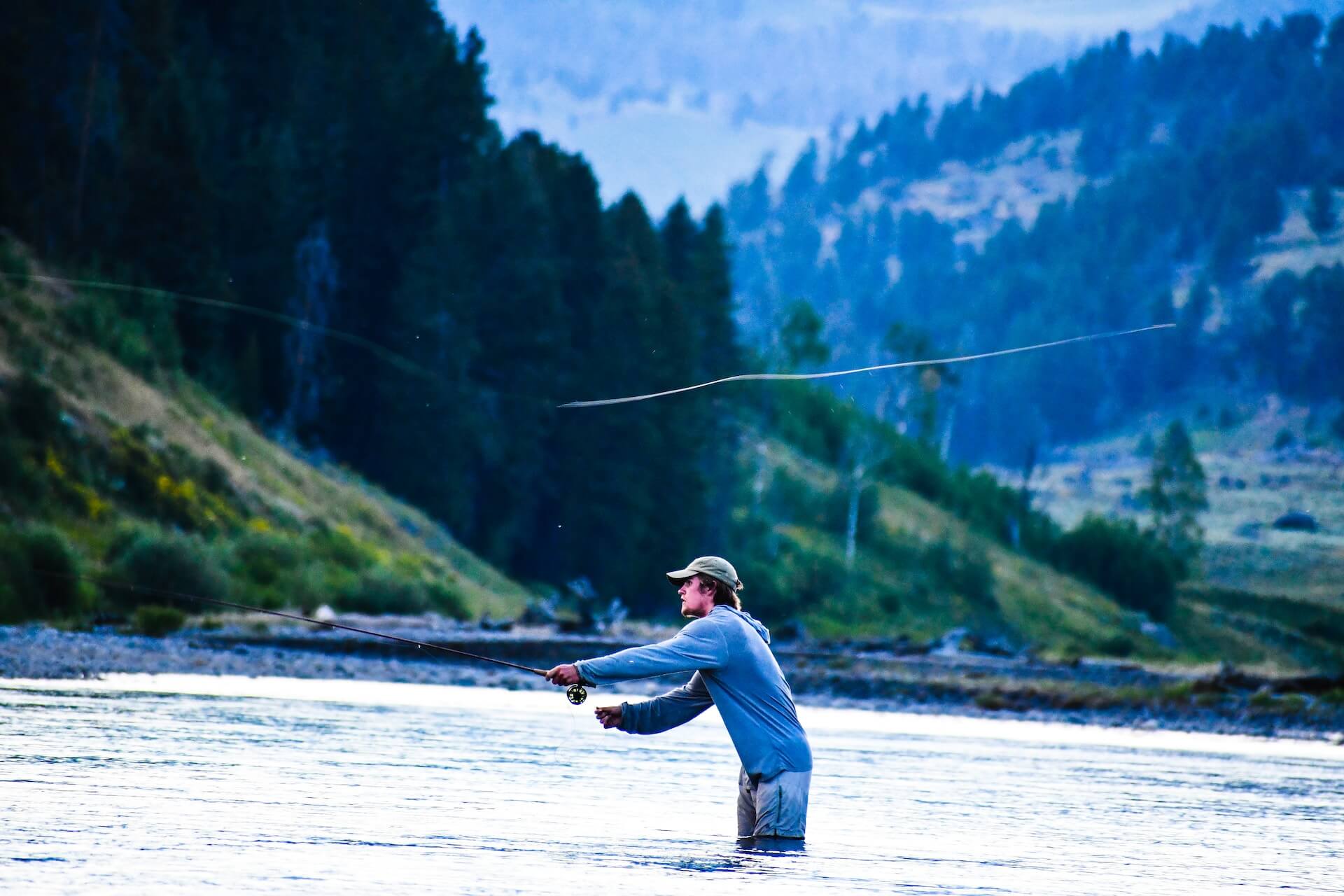
Competitive Fishermen – The Drive for Challenges and Seeking Victory in the Depths
Competitive angling is the realm where passionate anglers seek not just the thrill of the catch but the glory of victory. This exciting branch of angling involves various tournaments, contests, and ranking systems that pit skilled and famous fishermen against each other. Whether it’s a high-stakes bass fishing competition or an international showdown for big-game trophies, competitive angling is marked by intense dedication and a relentless drive to excel in the sport.
Notable competitive fishermen have become legends in the fishing world. Names like Kevin VanDam, Bill Dance, and Roland Martin are revered for their prowess in competitive bass fishing, while individuals like Guy Harvey and Zane Grey have left indelible marks on the world of big-game fishing.
Freshwater Fishing Competitions – The Quest for Inland Glory
Freshwater fishing competitions offer anglers the opportunity to showcase their skills and compete for accolades in the tranquil settings of lakes, rivers, and ponds. Among the most renowned freshwater tournaments are bass fishing competitions, where anglers pursue species like smallmouth and largemouth bass. These events require a profound understanding of fish behavior, precision in lure selection, and the finesse to navigate varying water conditions.
The Bassmaster Classic, often dubbed the “Super Bowl of Bass Fishing,” stands as the pinnacle of freshwater tournaments, attracting the world’s best anglers to vie for the coveted title. Beyond bass fishing, a multitude of other freshwater competitions capture the hearts of anglers. Trout derbies, catfish contests, and even ice fishing tournaments cater to diverse preferences and regions, offering a rich tapestry of experiences in the freshwater angling realm.
Saltwater Fishing Tournaments – Battling Ocean Giants
In the realm of saltwater fishing tournaments, anglers pursue the ocean’s apex predators, including marlin, tuna, and other formidable species. These tournaments combine the thrill of big-game hunting with the camaraderie of sportfishing, often set against the backdrop of the open sea. Marlin fishing tournaments, such as the Bisbee’s Black and Blue Marlin Tournament, draw international attention and boast impressive prizes for those who can reel in these majestic giants.
Tuna tournaments, such as the renowned Big Rock Blue Marlin Tournament, offer anglers a different kind of challenge, requiring stamina and strategy to battle these powerful fish. Beyond marlin and tuna, other species like sailfish, swordfish, and mahi-mahi also feature in competitive saltwater angling events.
These tournaments not only provide an opportunity to test one’s angling skills but also contribute to scientific research and conservation efforts, promoting responsible practices in the pursuit of these ocean giants.
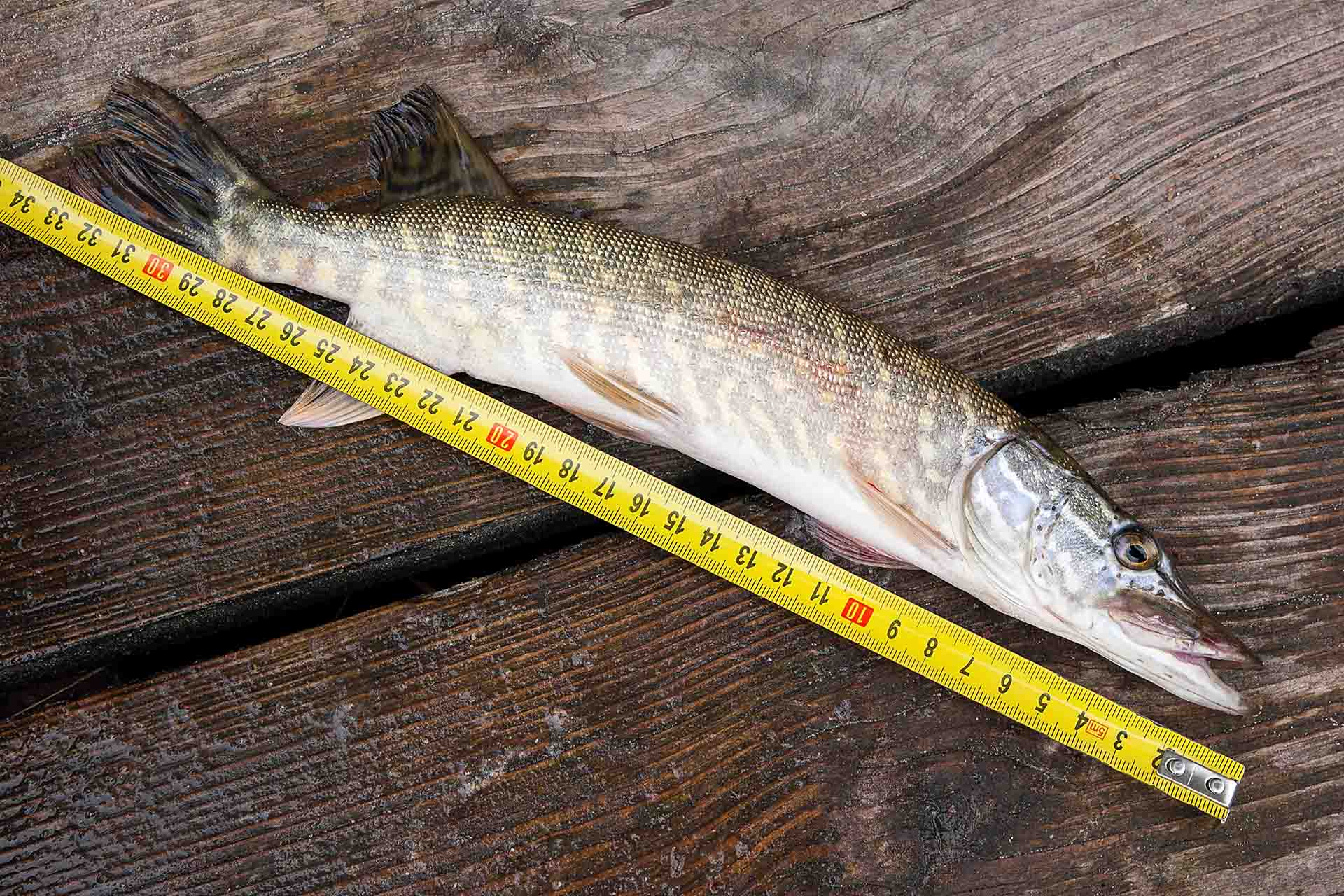
Subsistence Fishermen – Fishing for Survival
Subsistence fishing is a fundamental practice deeply intertwined with human survival across countless cultures worldwide. It plays a pivotal role in sustaining communities by providing a reliable source of nourishment and livelihood. Unlike recreational or commercial fishing, subsistence angling centers on meeting the basic needs of individuals and families, emphasizing the intrinsic relationship between humans and their natural environment.
Traditional techniques employed in subsistence fishing vary widely, reflecting the diversity of cultures and environments. From hand-crafted nets and traps to time-honored knowledge of migration patterns, these methods have been passed down through generations, ensuring not only sustenance but also the preservation of cultural heritage.
Indigenous Fishing Practices – The Rich Tapestry of Ancestral Wisdom
Indigenous fishing practices offer an inspiring and diverse tapestry of traditions and techniques, deeply rooted in the culture of various communities around the world. Each indigenous group has developed its unique methods of angling, often adapted to the specific ecosystems and aquatic resources of their regions.
From the ingenious fish weirs constructed by Native American tribes to the intricate fish-trap systems of Papua New Guinea’s indigenous peoples, these practices reflect a deep understanding of local environments.
In the Arctic, indigenous Inuit communities have perfected ice fishing, where they carve holes through thick ice to access fish beneath. Indigenous Amazonian tribes employ blow darts and handwoven baskets to catch fish in the dense jungle rivers. The Maori of New Zealand use traditional waka (canoes) and a distinctive form of trolling to harvest kahawai and other species from coastal waters. These practices not only ensure sustenance but also nurture a profound connection between indigenous peoples and their ancestral lands and waters.
Modern-Day Subsistence Fishing – Navigating Tradition in a Changing World
Modern-day subsistence fishermen find themselves at the crossroads of tradition and contemporary challenges. As global landscapes transform due to factors like urbanization, environmental changes, and economic shifts, the sustainability of subsistence fishing techniques becomes increasingly complex. Communities are compelled to strike a delicate balance between honoring their cultural heritage and adopting modern tools and practices.
While motorized boats, sonar technology, and factory-produced nets have found their way into some subsistence angling contexts, many indigenous and traditional communities continue to uphold age-old techniques. This commitment to ancestral wisdom not only preserves cultural identity but also ensures the sustainable fishing management of vital aquatic resources.
The resilience of subsistence fishermen lies in their ability to adapt while safeguarding the timeless principles that have sustained their communities for generations, embodying the harmonious coexistence of the old and the new in the pursuit of survival and cultural preservation.

Commercial Fishermen – The Business of Fishing
Commercial fishing stands as an intricate and indispensable facet of the global seafood industry, catering to the ever-expanding appetite for fish and seafood products across the world. Its vast reach, encompassing diverse angling methods, vast fleets, and countless fish species, plays a pivotal role in supplying seafood to billions while driving economies and sustaining coastal communities.
Commercial fishermen, driven by economic necessity, embark on perilous journeys into the open waters, orchestrating a ballet of nets and lines to harvest the ocean’s bounty. Yet, the profound global impact of commercial fishing practices is a double-edged sword. While it fuels economies and fills plates, it also raises pressing concerns about sustainability and environmental well-being.
Overfishing practices, habitat degradation, bycatch, and the utilization of unsustainable methods have left scars on marine ecosystems, challenging the delicate balance between human needs and the conservation of aquatic life.
In response to these challenges, sustainability initiatives have emerged, aiming to safeguard fish populations and mitigate ecological harm. These initiatives include catch quotas, marine protected areas, and technological advancements in gear and fishing practices. They signify a growing commitment within the industry to address the pressing environmental concerns associated with commercial fishing.
In the modern era, striking a harmonious balance between feeding the world and protecting the planet remains a paramount challenge for commercial fishermen and the broader global community alike.
Small-Scale vs. Large-Scale Commercial Fishing
Within the realm of commercial fishing, there exists a dichotomy between small-scale, artisanal operations and large-scale, industrial angling. Small-scale commercial fishermen typically employ traditional and more selective fishing methods, often using smaller vessels and operating closer to shore. They play a vital role in the socio-economic fabric of coastal communities, contributing to local economies and upholding cultural traditions.
In contrast, large-scale commercial fishing is characterized by industrial-scale operations, vast fleets, and global distribution networks. These enterprises often employ advanced technology, such as freezer trawlers and sonar systems, to maximize efficiency and output. While large-scale operations can meet the demands of a growing global population, they are also frequently scrutinized for their environmental impact, including bycatch, habitat disruption, and overfishing.
The comparison between these two approaches underscores the ongoing debate within the fishing industry. It highlights the need to strike a balance between economic efficiency and sustainability, as well as the importance of recognizing and preserving the invaluable contributions of small-scale commercial fishermen to local communities and cultures. Balancing these diverse facets of commercial angling remains a critical challenge as the industry navigates the complexities of the modern world.
Nurturing the Waters – Fishing’s Enduring Legacy
In this exploration of the multifaceted world of angling and types of fishermen, we have witnessed the passion, tradition, and challenges that define this timeless pursuit. Whether it be for recreation, sustenance, or competition, fishing’s allure spans generations and cultures. As we cast our lines into the future, the legacy of fishing lies not only in the thrill of the catch but also in our commitment to preserving the oceans and waterways that sustain us. Fishing remains a testament to our enduring connection with nature and our responsibility to safeguard it.
Frequently Asked Questions
Main Differences Between Sport and Recreational Fishing
Sport fishing often involves competitive elements, with anglers seeking to catch specific species or achieve certain goals. Recreational fishing, on the other hand, is primarily pursued for relaxation and enjoyment, with less emphasis on competition.
How Competitive Fishing Tournaments Work
Competitive fishing tournaments typically involve anglers vying to catch specific fish species within a defined timeframe. Winners are determined based on factors like the weight or length of the fish caught. Rules and regulations vary by tournament, and participants often pay entry fees to compete for prizes.
Role of Subsistence Fishing in Local Communities
Subsistence angling plays a vital role in local communities by providing a consistent source of food and supporting livelihoods. It fosters self-sufficiency and preserves cultural traditions, ensuring that communities can sustain themselves while maintaining a strong connection to their natural environment.

